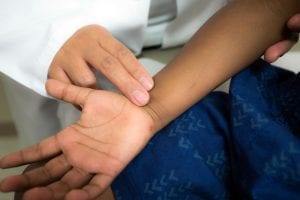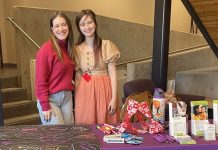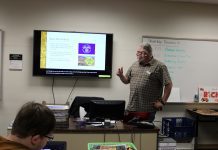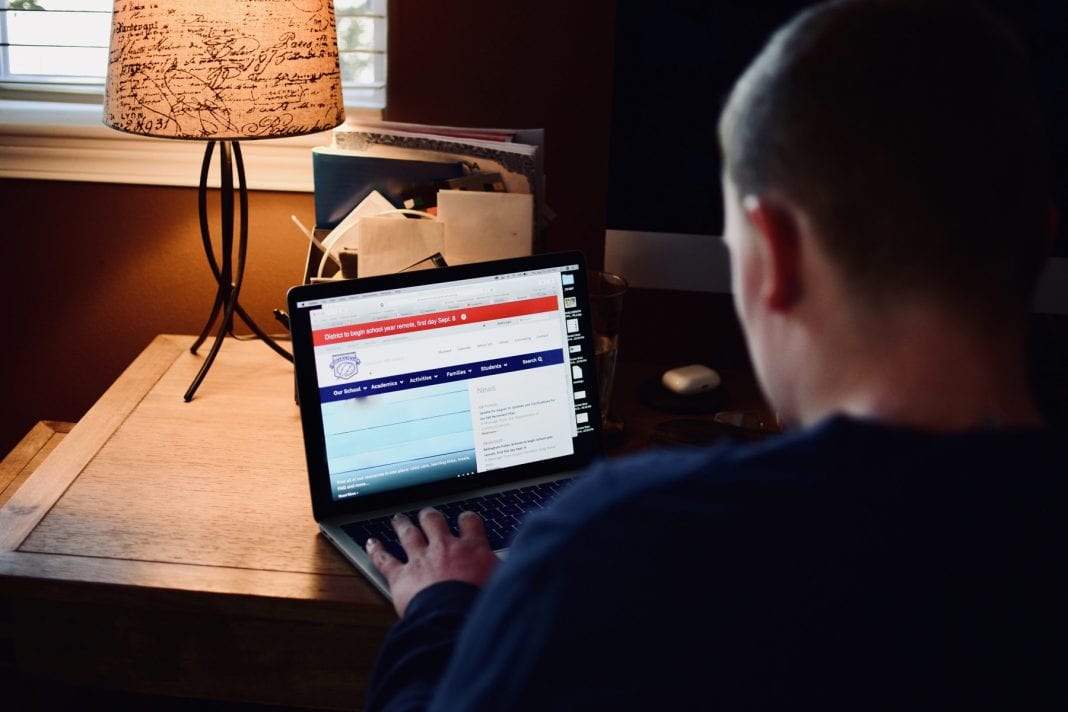With the start of school around the corner, families, educators and health professionals have been hopeful that in-person learning could resume when classes begin in the fall. But as COVID-19 infections continue to climb, that outcome was recently put to rest with announcements from Bellingham, Ferndale and Meridian school districts calling for remote learning to start the school year.

This isn’t surprising to Dr. Thomas Rand, a pediatrician who practices at the PeaceHealth Medical Group’s Cordata clinic—and it’s also disappointing for him and his fellow colleagues.
“Childhood education is probably the most important thing to get on track in the phase that we’re in,” says Dr. Rand. But, he continues, the public health risks outweigh the benefits of children going back to school right now. “It’s just not going to possible when the control of COVID-19 is at a tipping point—where that could be the one thing that pushes the number of infections leading to intensive care that overwhelms the hospital.”
Dr. Rand, who joined PeaceHealth in 2016 after practicing in Idaho for 24 years, acknowledges that remote learning can be a hardship on families and students for a number of reasons. Not all parents have the time or ability to help their children, and not all families have adequate technology to make online learning work smoothly. Children who need special assistance are also adversely affected.
“Our hats are off to both parents and teachers, because this ends up being a really, really hard job,” he says.
Proceeding cautiously
Whether children take part in traditional homeschooling, remote learning or a hybrid of remote and in-person education, Dr. Rand says consistency is key.
“It’s important for kids to have a schedule,” he says. “The actual learning can be completed in less time online, but they need to have a time devoted to learning and have that structure.”
One reason pediatricians have recommended getting students back in school as soon as it’s safe to do so is because they recognize the isolation can reinforce unhealthy habits, which may cause them to avoid school work and withdraw from family.

“Without the structure of school, students actually feel awful about the whole thing,” says Dr. Rand, adding that the in-person connection is irreplaceable.
Once we get to a place where it’s safe to return to school in some fashion, families and schools will still need to proceed with caution, he notes.
“We knew that kids going back to school, no matter how everybody does following precautions, that there would be some increase in cases,” he says.
Dr. Rand says studies have shown that children with the same amount of exposure to COVID-19 are less likely to get the infection, and of those who get the infection fewer children are hospitalized. “But some kids will still get the virus, and the nature of that infection tends to be unpredictable in that age group. We do have to proceed really cautiously.”
And we will have to continue to proceed with caution as schools and other activities open up, Dr. Rand says. “There could be collateral damage with increased transmission when policies for school attendance change,” which could lead to infections in school staff or adults at home.
Dr. Rand says he hopes everyone will become used to taking the necessary precautions, from safe distancing to wearing masks to washing hands, that will help cut down on transmission and allow us to resume everyday activities, at least in a modified form.
Stay healthy – see your doctor
Meanwhile, life continues its forward march, and children grow, come down with typical childhood illnesses and need to visit the doctor once in a while.

Dr. Rand encourages parents to continue bringing their children in if they aren’t well and to keep well-child appointments. PeaceHealth clinics have dialed in the precautions and procedures to keep everyone healthy.
Clinic staff are wearing masks all of the time, practicing handwashing and wearing gloves, and donning additional personal protective equipment, including N-95 masks, face shields and gowns, for patients who may have the infection.
For patients coming to the clinic, those coming in for routine appointments or with physical injuries will enter through one entrance, while those feeling ill will enter through a separate entrance. Families with newborns or other vulnerable people can wait in their car until it is time for their appointment, at which time they will be escorted directly into a treatment room.

The clinic does offer video appointments, although Dr. Rand cautions these methods may not always be appropriate for pediatric patients, especially with young children who can’t readily explain their symptoms.
Dr. Rand encourages families to keep their regular appointments for childhood immunizations as well as encouraging everybody in the family to get vaccinated for influenza this year.
“The more people who are immune to influenza is that many fewer individuals who need to be evaluated for illnesses with fever and chest symptoms that could be COVID-19,” he explains.
Making the most of this time
Dr. Rand acknowledges how hard the pandemic has been for us all.
“We’re as disappointed as families are that the course of the COVID-19 pandemic has been different than we had hoped for,” says Dr. Rand.
It’s been a difficult adjustment, but he does manage to find a silver lining: “We do end up spending more family time, and a lot of that is quality time.”
Sponsored











































